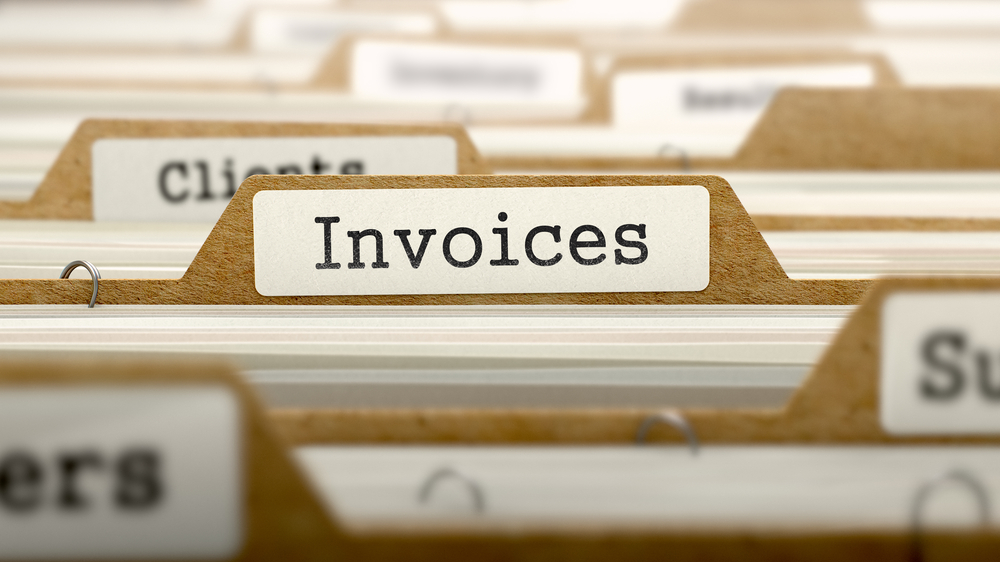6 Ways to Prevent Cash Flow Problems
To ensure the growth and success of your small business, it's not enough to provide exceptional products or services and outstanding customer...

Your small business generates sales revenue each time a customer purchases your products or services. And the more you sell, the greater your revenues, which is excellent for your company's bottom line and overall growth. While sales revenue is a vital financial figure to monitor, so is cash flow, which is the amount of money that moves in and out of your small business.
Cash flow issues are one of the main reasons many small businesses fail, so owners need to understand cash flow and how to manage it properly. In this Huddle Business Capital blog article, you will learn the basics of cash flow, including what it is and how to improve it. We also explain how to avoid common cash flow management mistakes.
As mentioned above, cash flow refers to the movement of money in and out of a small business. Receiving payments from customers who buy your products or services is an example of incoming cash flow. Other incoming cash flow forms include investments, income from sub-leasing office space, and interest earned from bank accounts. Conversely, paying employees' wages, leasing business equipment, and paying for marketing services are examples of outgoing cash flow.
Having a good understanding of your business's cash flow is essential because it provides you with insights into its financial health. Your business's cash flow statement presents a comprehensive overview of how cash moves in and out of your business during a specific period.
Your cash flow statement is one of the most important financial documents you must maintain for your business, along with an income statement and balance sheet. The statement shows the net cash increase or decrease for a specific time frame.
By forecasting cash flow, businesses can ensure they have enough funds to cover their expenses, invest in growth opportunities, and navigate through challenging times. And you don't need a background in accounting to forecast and manage your business's cash flow.
If you currently use accounting software to maintain your business's books, check to see if it offers a financial forecasting option. If it does, you can set cash flow goals based on previous results for the next month, quarter, or year. Basic spreadsheet software can be used to input cash flow forecasts if your accounting software lacks a forecasting option. Lastly, you will have little or any financial data if you are a startup business, so keep your cash flow goals realistic and attainable.
One of the critical benefits of cash flow forecasting is that it allows you to anticipate potential cash shortages or surpluses. This enables proactive decision-making to address financial gaps or allocate excess funds wisely. You can avoid the stress and uncertainty of unexpected cash flow issues by staying on top of your financial situation.
The amount of outgoing cash a business has depends on various factors, such as how much it spends on rent, employee salaries, and marketing and advertising. Plus, working capital loans and equipment financing require payments that can affect cash flow.
The goal with cash flow is to have enough money to cover your operating costs and expenses. If your business has more money coming in than going out, it has a positive cash flow, which is good for short-term and long-term growth. However, if your business spends more money than it's making, it has a negative cash flow.
Each business's financial situation is unique, so there is no "one-size-fits-all" strategy for improving cash flow. Talk to your accountant for recommendations, as they can guide you in the right direction. Business owners can improve their cash flow by cutting unnecessary spending, negotiating better deals with suppliers, financing equipment rather than buying it outright, and sending out invoices sooner rather than later.
Cash flow and profit are related, but they have distinct meanings and play different roles in assessing the financial health of a small business. As explained earlier, cash flow refers to the movement of money in and out of a business over a specific time frame. Profit represents the financial gain earned by a business after deducting all expenses from its revenue. Profit is often referred to as net income or earnings.
Here is where it can be confusing. A small business can generate profits and have a negative cash flow. Or, a small business can not create any profit yet have a positive cash flow. Obviously, you want your business to generate profits and have a positive cash flow, but this isn't always the case. The good news? With the right strategies in place and help from your accountant, you can effectively manage your revenue and expenses and set the stage for financial success.
When your small business has a positive cash flow and generates a consistent profit, you can reinvest in your operations, build financial stability, and expand your reach.
This Huddle Business Capital blog article is purely educational and contains general information and opinions; it is not intended to provide advice or recommendations of any kind.

To ensure the growth and success of your small business, it's not enough to provide exceptional products or services and outstanding customer...

Obtaining clients and customers for your business can be a source of immense happiness and satisfaction. It indicates growth and validates the hard...

When customers are ready to purchase goods and products your small business sells, they expect them to be readily available. If not, they might end...